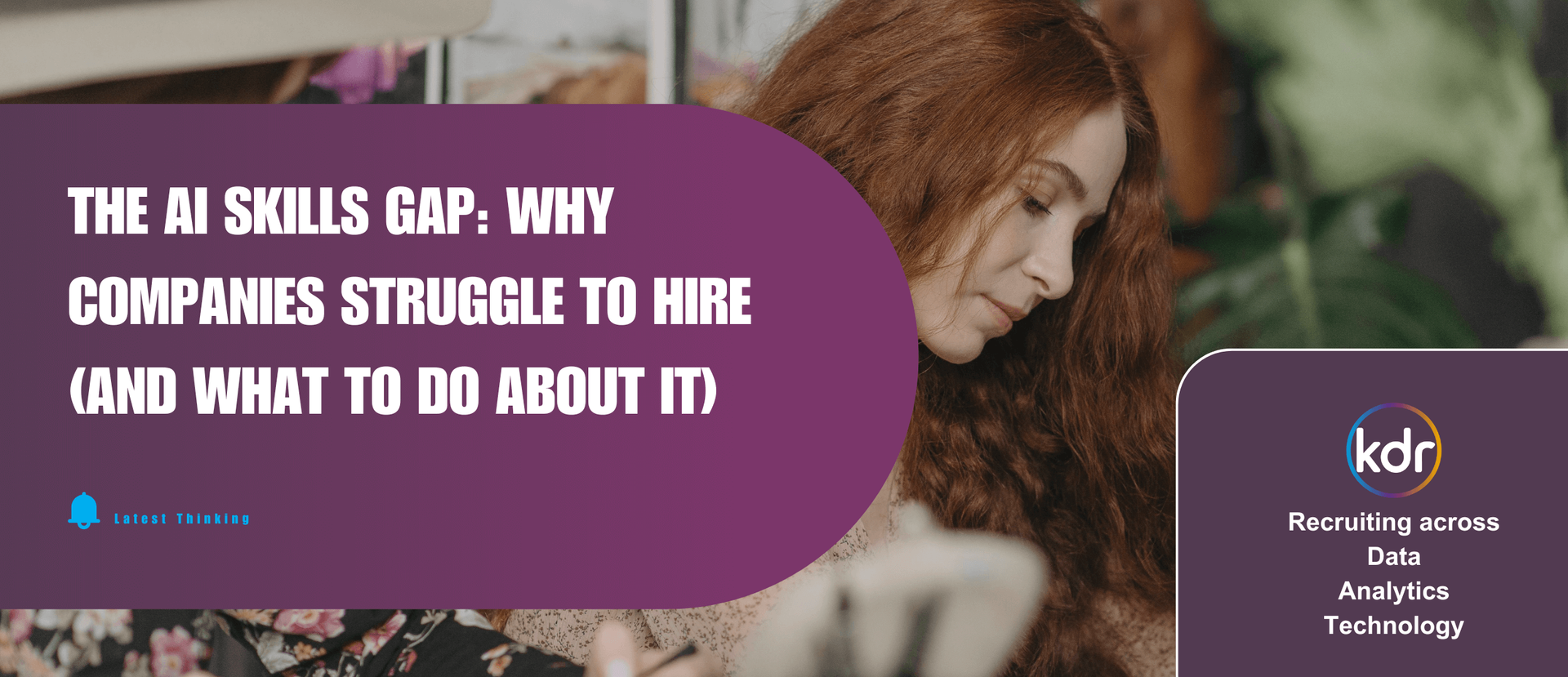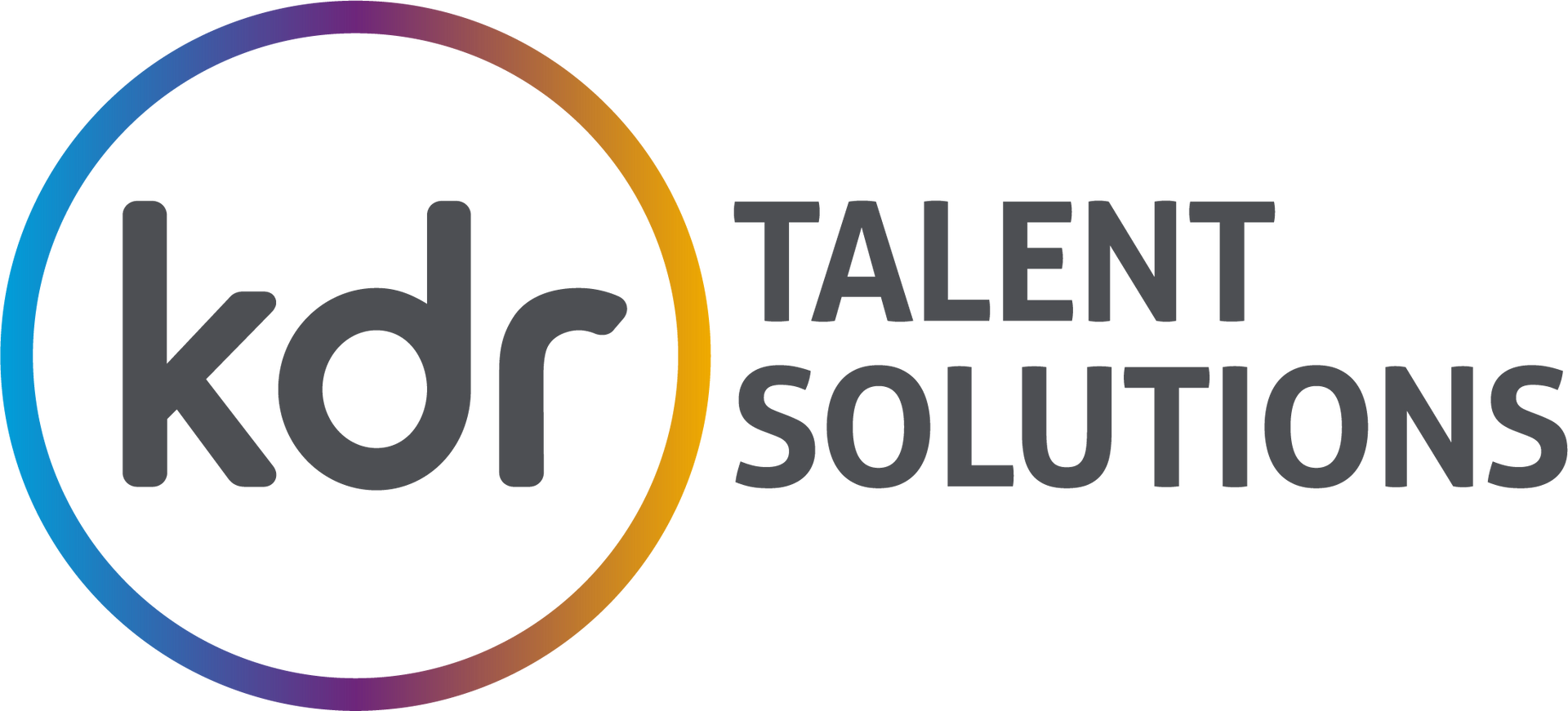How to Stay Ahead in Your Data Career: Trends and Technologies for 2025
Chances are if you are a data professional you might be thinking about what 2025 will bring

Chances are if you are a data professional you might be thinking about what 2025 will bring in terms of career, technological advancements and therefore what to focus on in terms of learning and development. Staying ahead requires not just keeping up with trends but actively adapting and evolving your skill set. We wanted to outline some of the key trends and technologies that we are being asked about by clients and pass this information over to you to help you decide where to put your focus in 2025. So here goes, here are the key trends and technologies that we think will define data careers in 2025, and we've thrown in some bonus actionable steps to future-proof your career to boot.
1. AI and Machine Learning Integration
It probably goes without saying but AI and machine learning (ML) will continue to dominate the data landscape, driving innovation across all industries. To prepare the ground in 2025, we think your focus should be on:
Data Readiness: Our Annual State of Data Report has shown that data management, in particular data governance has been a major focus for the last 3 years for businesses. Getting this aspect right is fundamental in order to create a solid foundation for generative AI as it typically needs accurate, governed data to be effective. According to some industry reports, companies are planning on bringing in on average around 15 new gen AI tools to the business this year, therefore in 2025 ensure that you are focusing on getting data "AI ready" before introducing new gen AI tools into the mix - this might mean accelerating the adoption of tools that can tag, catalogue and clean data for AI use.
AutoML: Automated machine learning platforms are enabling non-technical users to build predictive models, democratising AI and slowly shifting the role of data professionals to overseeing, optimising and innovating.
What you can do to pave the way for AutoML tools:
Again, shift your focus towards data preparation and curation. As mentioned above, clean, well-structured and annotated data is essential for AutoML tools to perform effectively.
Develop pipelines and workflows ensuring to automate repetitive data tasks to ensure consistency and reliability.
Gain expertise in tool integration. Look on platforms like Pluralsight for courses to learn how to integrate AutoML platforms with existing analytics and business intelligence tools.
Advocate for team collaboration and promote knowledge sharing across teams to ensure that business users understand the capabilities and limitations of AutoML tools.
It's important to stay involved in quality control during the integration phase. Review and validate models produced by AutoML systems to ensure they align with business goals and ethical standards.
2. Real-Time Data Processing
Businesses are prioritising systems that deliver actionable insights instantly and real-time data processing has become more accessible to a wider pool of companies due to cost efficiencies brought about by cloud computing.
How to stay ahead:
Learn about real-time analytics tools such as Apache Kafka, Flink and Spark Streaming.
Understand the principles of event-driven architectures and data pipelines.
Explore the integration of edge computing technologies for low-latency data processing.
3. Synthetic Data Generation
As organisations grapple with data privacy concerns and the need for large, diverse datasets for training purposes, synthetic data generation is emerging as a game-changer. By creating artificial data that mimics real-world scenarios, businesses can accelerate AI model training and ensure compliance with privacy regulations.
How to stay ahead:
Learn the basics of synthetic data generation tools (examples might be Gretel.ai, Synthesis AI and Mostly AI).
Understand how to balance realism (making synthetic data look and behave like real-world data) with privacy (ensuring the synthetic data doesn't reveal sensitive information) when generating synthetic datasets.
Explore use cases in industries like healthcare, finance or retail to see how synthetic data can solve domain-specific challenges.
Stay informed about ethical guidelines and legal considerations around synthetic data usage.
4. Data Governance and Ethics
As data privacy regulations become stricter worldwide, businesses must ensure compliance while maintaining data usage. Transparency, ethical considerations, and robust governance will help achieve compliance.
How to stay ahead:
Stay informed about global data protection laws like GDPR, CCPA and emerging frameworks.
If appropriate, acquire certifications in data governance (e.g., CDMP or CIPP).
5. Cloud-Native Data Solutions
Cloud computing continues to revolutionise how organisations manage and analyse data. Hybrid and multi-cloud strategies are becoming the norm, offering scalability and flexibility.
How to stay ahead:
Develop expertise in platforms like AWS, Azure, and Google Cloud.
Learn Kubernetes and Docker for managing containerised applications.
Understand cloud-native data warehousing tools like Snowflake and BigQuery.
6. The Rise of DataOps
DataOps, the agile methodology for data management has gained traction. It focuses on improving communication, integration and automation to streamline the data lifecycle.
How to stay ahead:
Master tools like dbt, Apache Airflow, and Git for data version control.
Learn CI/CD principles for data pipelines.
Emphasise collaboration and documentation to enhance team productivity.
7. Upskilling in Data Visualisation and Storytelling
Year on year one area that differentiates those that are successful on their data strategy execution from those that are not, is the ability to tell compelling stories with the data analysed. Professionals are expected to communicate insights effectively to diverse audiences, some technical, most not. Tools and techniques for visualisation and storytelling will remain in high demand.
How to stay ahead:
Hone your skills in tools like Tableau, Power BI and Looker.
Learn the principles of design and storytelling to craft compelling narratives.
Practice translating complex data into actionable insights for decision-makers - Learn to speak "CEO", focus on the business outcome not on the technical details when gaining stakeholder buy in.
9. The Growing Role of Soft Skills
While technical expertise is essential, soft skills like communication, influencing, leadership and adaptability are increasingly critical for career growth.
How to stay ahead:
If possible, invest in leadership and communication training.
Cultivate a growth mindset to navigate changes and challenges effectively.
Build a professional network to stay informed and share knowledge.
Conclusion
The data industry in 2025 will continue to be defined by advancements, legislation constraints and evolving business needs. By staying informed, continuously learning and strategically positioning yourself, you can remain competitive and thrive in this dynamic field. Embrace the trends, master the tools and remember the ability to adapt is the most valuable skill of all.






